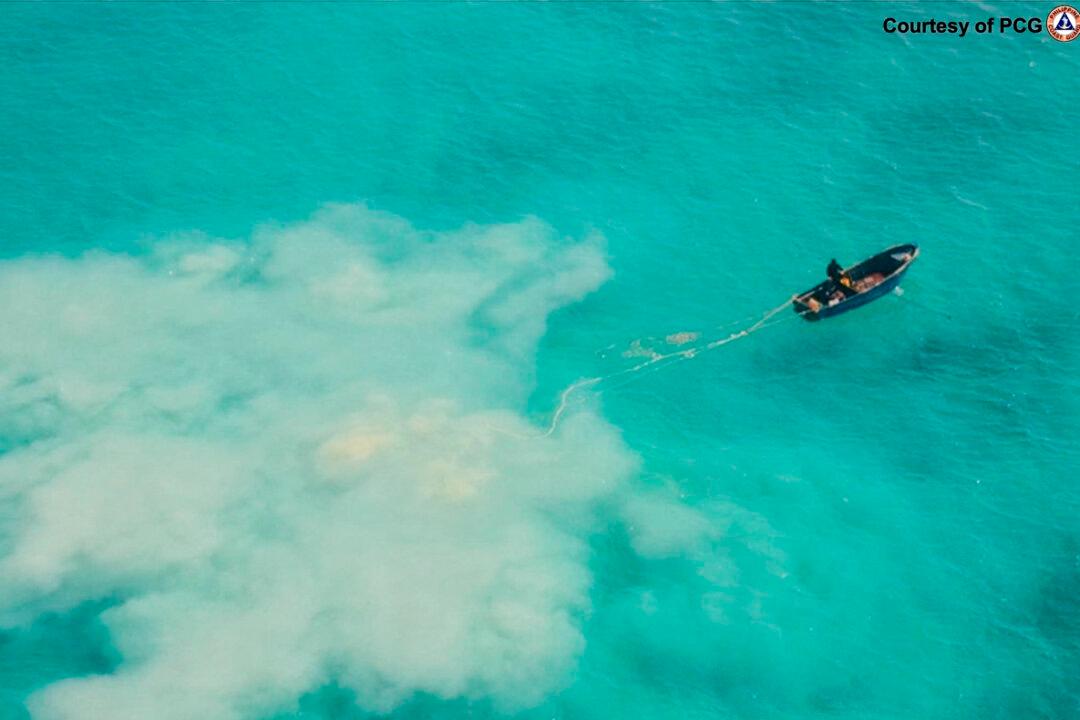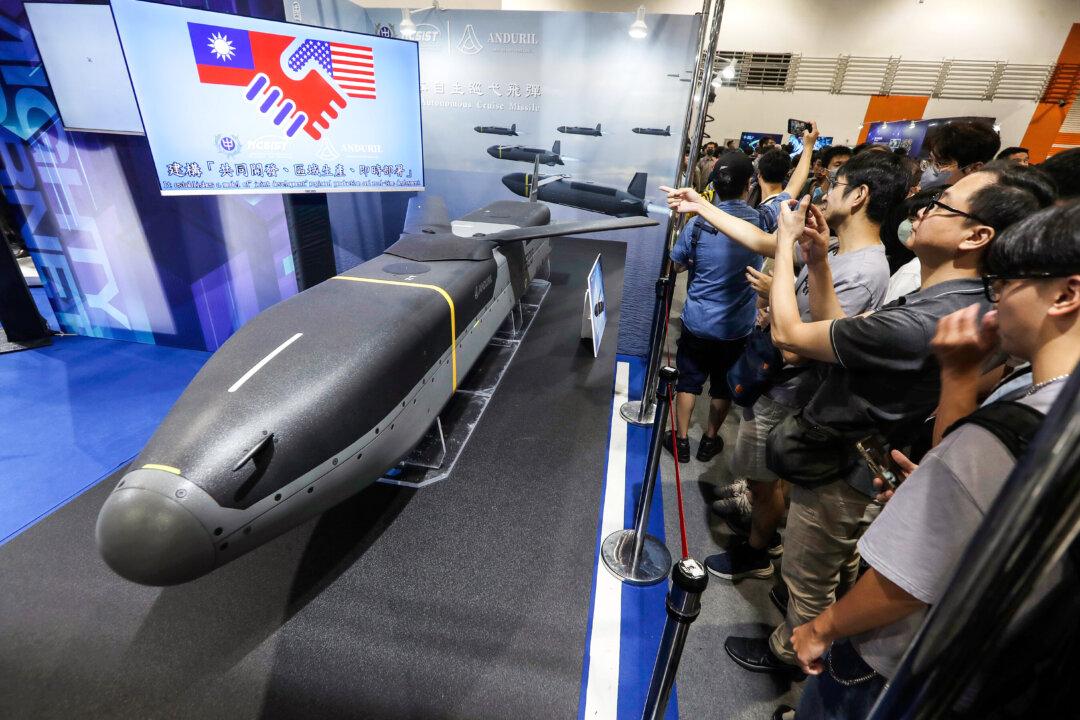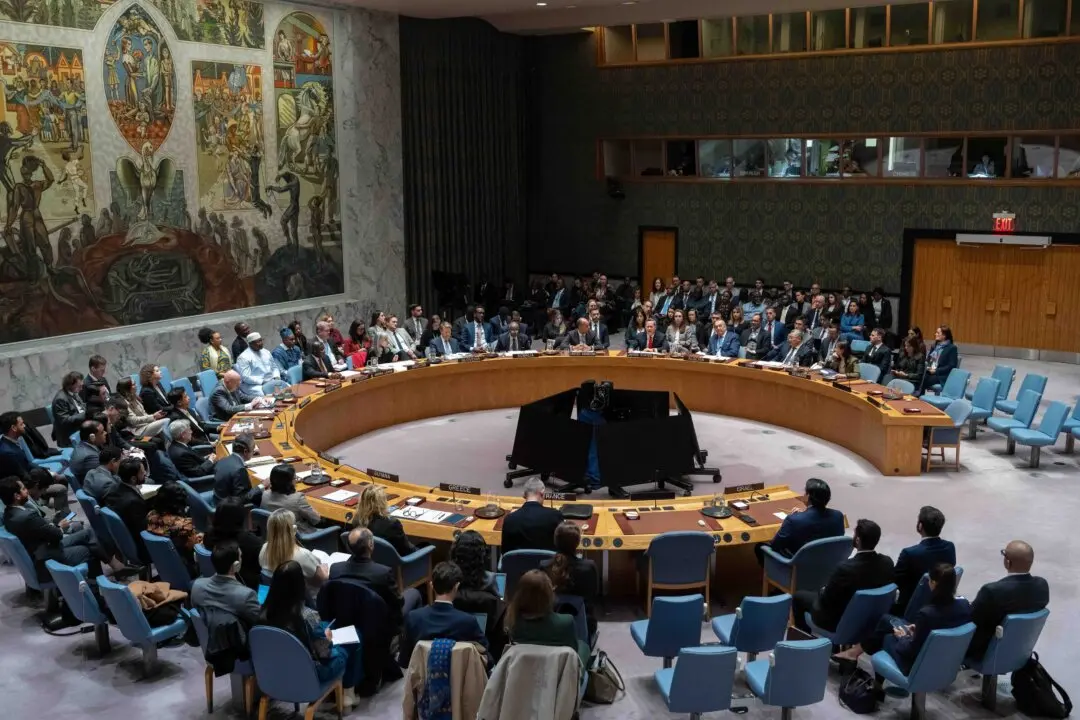The Philippines and the U.S. ambassador to the Philippines on Saturday urged the Chinese regime to stop “provocative and dangerous actions” in the South China Sea following the second mid-air flare incident in a month.
Philippine officials accused the Chinese military of harassing a Philippine fisheries plane and firing flares at the aircraft on Sunday following a similar incident earlier this month.





